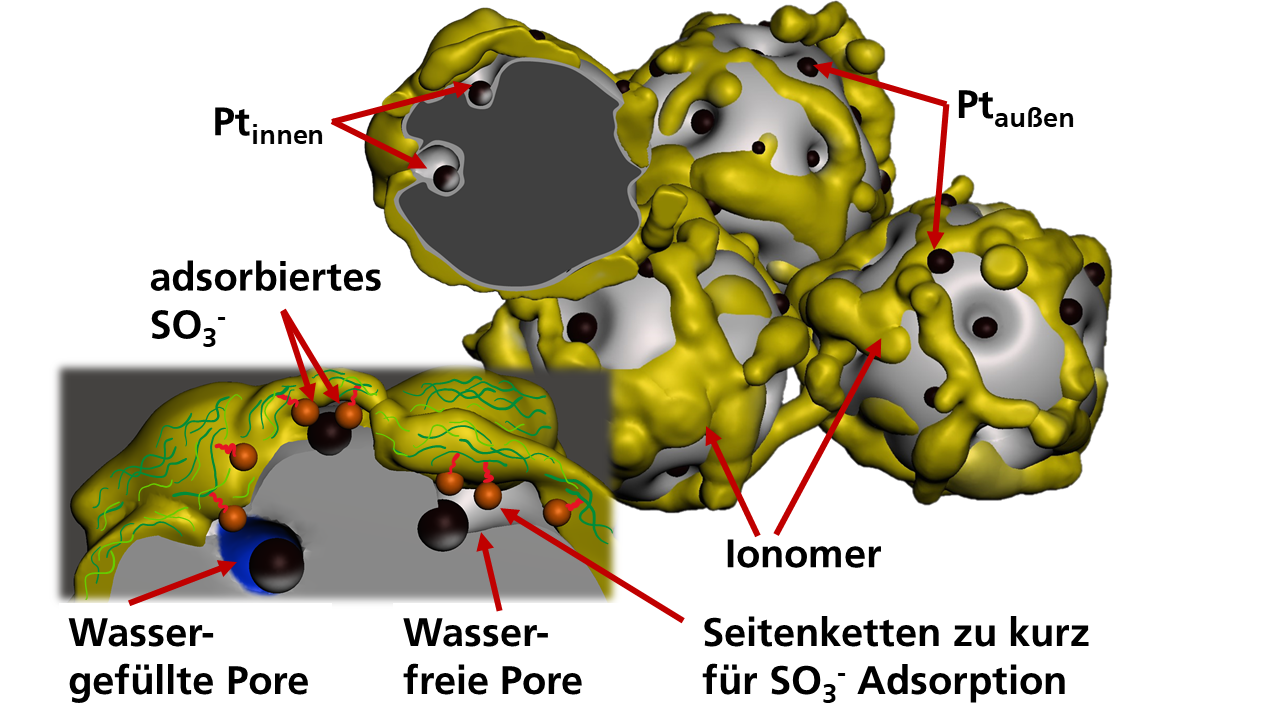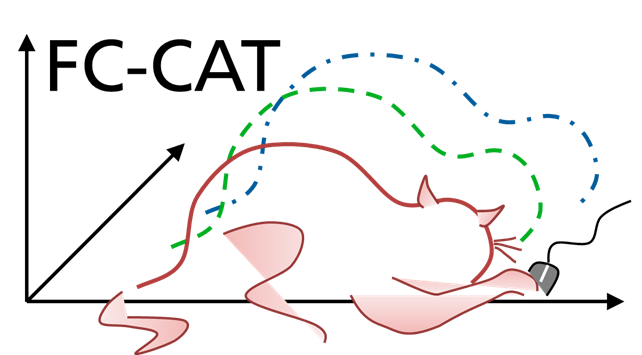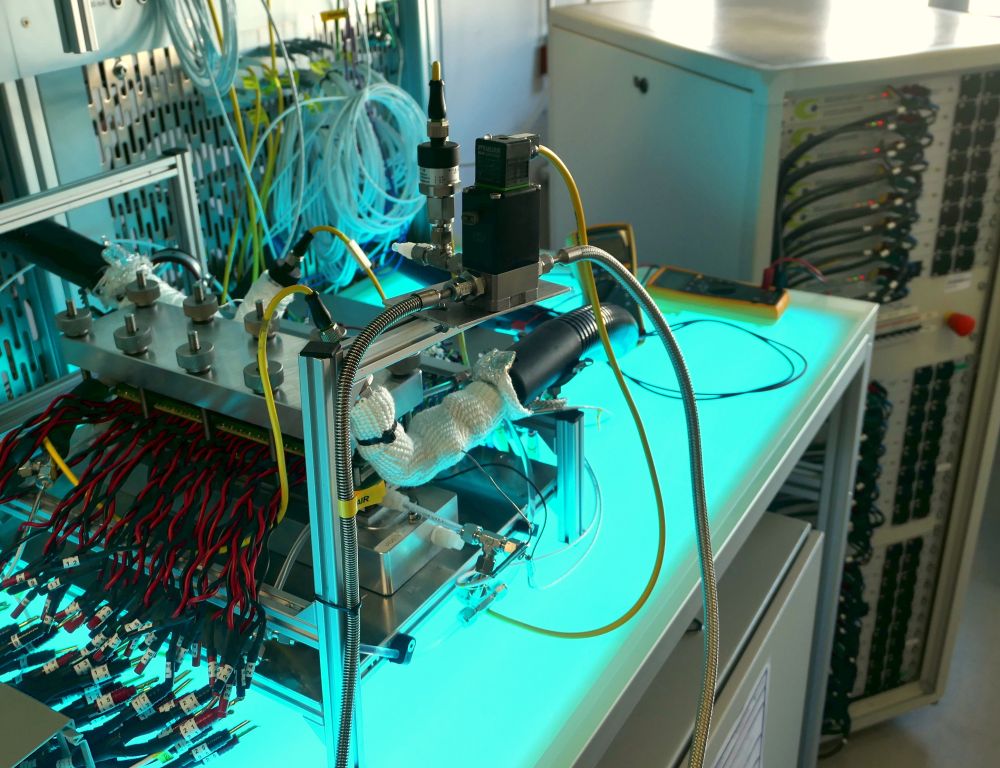| Duration: | 06/2019 - 06/2024 |
| Contracting Authority/ Sponsors: | Bundesministerium für Bildung und Forschung (BMBF), Projektträger Jülich (PTJ) |
| Project Partners: | Albert-Ludwig-Universität Freiburg, AVL Deutschland GmbH |
| Project Focus: |
FC-CAT – Fuel Cell CFD and Through-Plane Modeling



The development of new fuel cell materials and fabrication processes requires a deep understanding of the complex interaction between the transport processes of the reactants/products, the electrochemical reaction and the microstructure of the active layers. The development of improved fuel cell models in different dimensions and their validation based on experimental data is the goal of the project.
In the project "FC-CAT: Fuel cell CFD and through-plane modeling", coordinated by Fraunhofer ISE, we analyze and describe the functional layers of the fuel cell with new materials by experimental characterization and theoretical work.
One focus is the development of a catalyst layer model which describes the influence of Pt particle size and positioning on the carbon support. Thus, phenomena such as local transport resistances near the Pt particle, reasonable Pt utilization due to insufficient proton accessibility or ionomer poisoning can be simulated. This modeling work extends an existing steady-state 3D model for improved realistic representation of electrode processes. Single cell measurements such as “Zero-gradient” cells but also spatially resolved by using segmented cells will be used to validate the models. For this purpose, two unique multipotentiostat systems will be set up, which can characterize local effects by means of segmented single cells.
The project aims at supporting the fuel cell industry by developing a reliable and comprehensive basis for (flow) modeling of fuel cells and making it available to the scientific community. This is intended to strengthen the international competitiveness of the German supplier industry in particular.